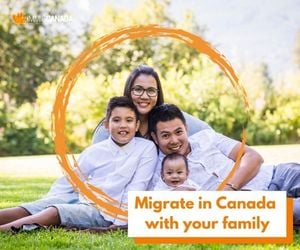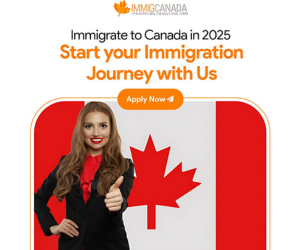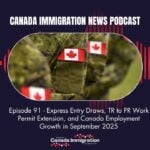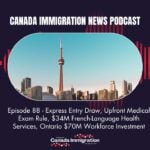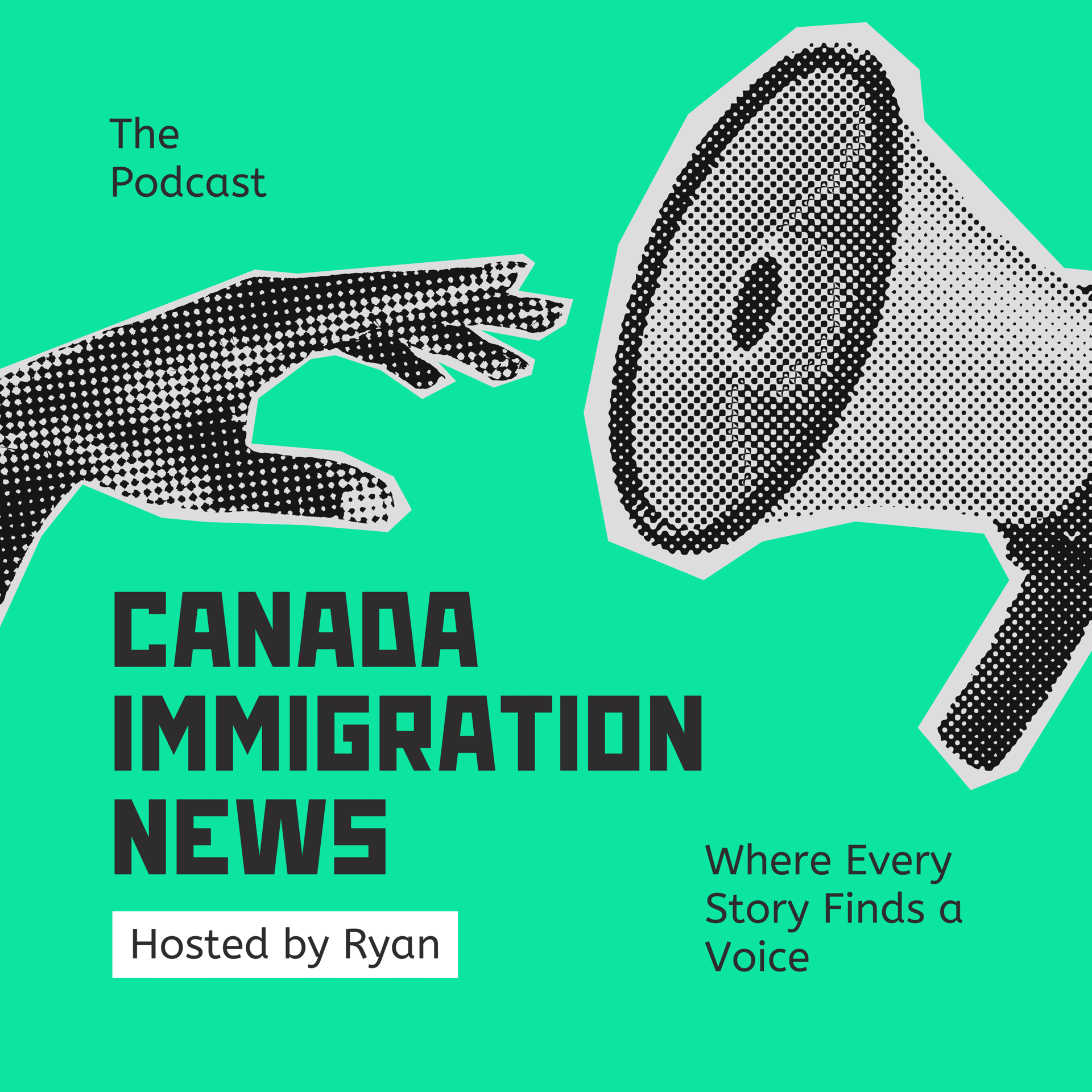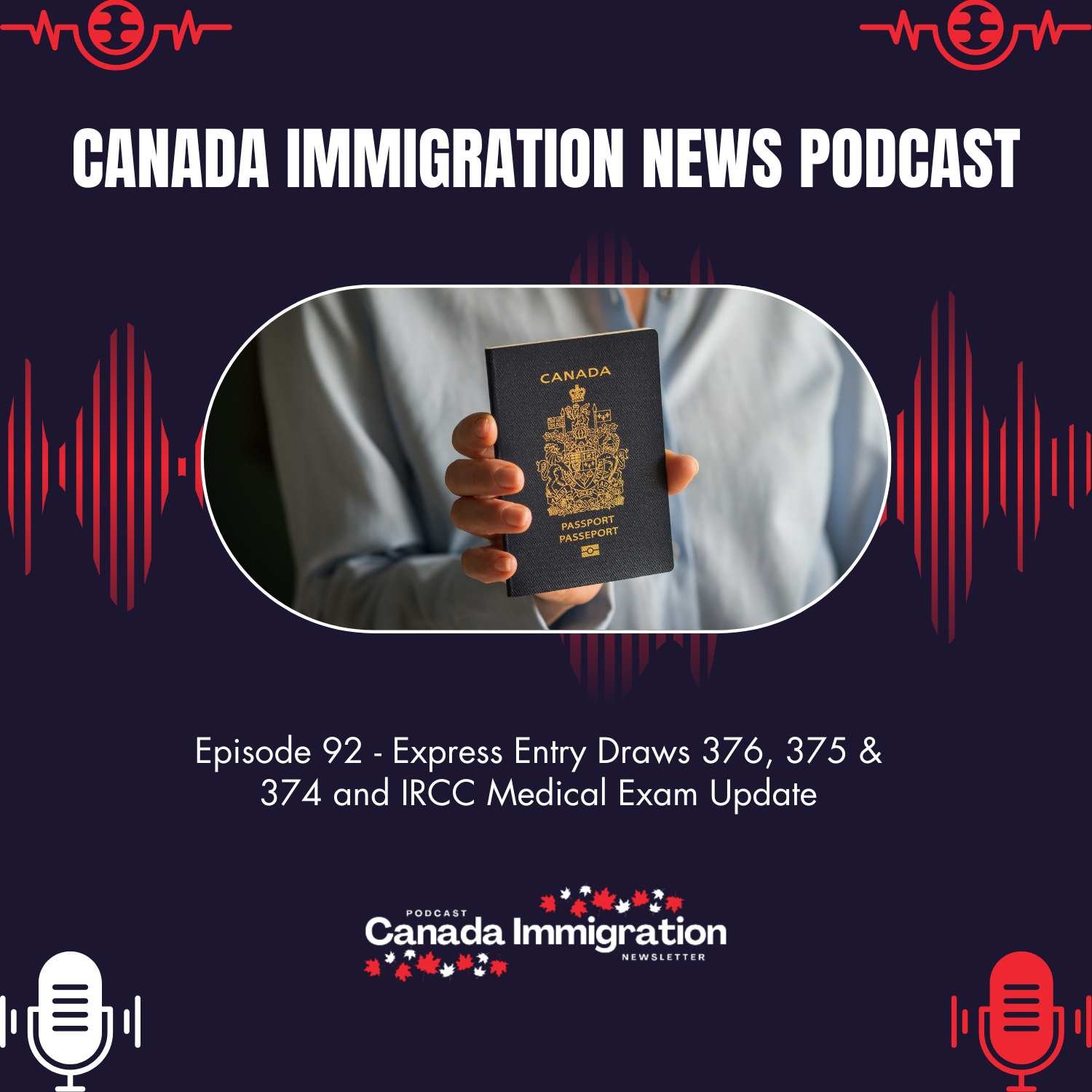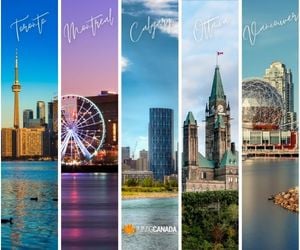Immigration Announcement
Vancouver Island’s Viral Event Sparks a Movement – Canadian Immigration Call for U.S. Health-Care Workers

What started as a friendly social media gathering on Vancouver Island has now evolved into something much bigger, a heartfelt call to action for U.S. health-care workers to move to Canada.
The digital creator behind the viral “Nanaimo Infusion” event, Tod Maffin, is turning online buzz into a powerful real-world mission: helping fill Canada’s health-care worker shortage. With growing demand across British Columbia, Maffin is leveraging the same digital energy that once brought hundreds together for friendship, this time, to attract skilled nurses, doctors, and medical professionals from south of the border. As Canada’s population grows and the health sector faces mounting pressure, such community-led initiatives are becoming a surprising but welcome part of the immigration conversation.
A Viral Event Becomes a Gateway for Immigration Awareness
Back in April 2025, Tod Maffin hosted the first Nanaimo Infusion, a lighthearted meet-up in Nanaimo, British Columbia, where around 500 Canadians and Americans gathered in the spirit of unity. What followed was unexpected: a surge of interest from U.S. nurses and doctors curious about moving to Canada.
By October, Maffin decided to take it further. The second event, held on October 4, 2025, at Maffeo Sutton Park, drew about 200 attendees, most dressed in red and white, symbolizing Canadian pride. The purpose had shifted from social gathering to something deeply impactful: recruitment and relocation support for health-care professionals interested in building a life in Canada.
“We noticed many attendees were actually healthcare workers looking at mid-Island as a place to live. So we repositioned the Infusion website for health-care recruitment, and it’s been working,” said Maffin.
B.C. Opens Doors for Skilled Health-Care Workers
Maffin’s movement comes at the perfect time. The Province of British Columbia has been actively cutting red tape to fast-track the recruitment of foreign-trained medical professionals. The new measures make it easier for nurses and doctors from countries like the United States to get licensed, work in local hospitals, and apply for permanent residency through programs like the BC PNP Health Authority Stream or federal immigration pathways.
According to Maffin, “The red tape’s being cut pretty aggressively by the province. They’ve done a really good job in removing barriers. The challenge now is that people just need help finding their way through the system, the forms, the programs, the rules.”
Community Spirit Meets Immigration Support
The movement has grown beyond one man’s effort. Maffin’s Discord server, originally created for event coordination, now boasts over 1,800 members, most of whom are American healthcare workers exploring immigration to Canada. Inside, locals, nurses, teachers, and immigration consultants share practical advice from how to get provincial job approvals to which immigration streams fit their qualifications.
“It’s heartwarming to see Canadians and Americans helping each other,” said Maffin. “There are local doctors who were once American, now sharing their experience and mentoring newcomers.” One of the recent arrivals, nurse Brandy Frye from Los Angeles, said the experience was smoother than expected:
“I started last week. I’ve felt nothing but welcome. I’m blown away by the friendliness of the community and the staff at the hospital.”
Why Canada Needs Health-Care Workers Now More Than Ever
According to Statistics Canada, the country expects nearly 47,000 job openings for software engineers and designers alone between 2024–2033, and the health sector faces even more pressing shortages.
In provinces like British Columbia, Alberta, and Ontario, aging populations and post-pandemic recovery efforts have created critical demand for nurses, care aides, and specialists. The federal government’s Health-Care Worker Permanent Residency Pathway and Provincial Nominee Programs (PNPs) have become lifelines to meet this demand.
Key Immigration Streams for Health-Care Professionals
| Program | Eligible Roles | Processing Time (Avg.) |
| BC PNP Health Authority Stream | Doctors, Nurses, Health Technicians | 12–16 weeks |
| Express Entry – Healthcare Category Draw | Registered Nurses, Physicians, Therapists | 6 months |
| Atlantic Immigration Program | Health professionals willing to work in Atlantic Canada | 4–8 months |
| Rural and Northern Immigration Pilot (RNIP) | Health-care staff in smaller communities | 6–12 months |
A Growing Movement with Government Backing
Local leaders are taking note. Janice Perrino, Nanaimo City Councillor and Chair of the Regional Hospital Board, says the issue has been decades in the making. “We haven’t seen major expansion at Nanaimo Regional General Hospital in 63 years,” she said. “Now we’re at over 100,000 people in the city, and healthcare staffing needs have never been more urgent.” Through both provincial advocacy and community action, British Columbia is finding creative ways to attract the skilled workers who can strengthen its health-care system, one newcomer at a time.
Canada’s Heartfelt Call to Healthcare Heroes
The viral “Nanaimo Infusion” may have started as a community event, but it now symbolizes something greater, Canada’s openness to skilled professionals who want to make a difference.
As healthcare challenges grow across the nation, efforts like these reinforce Canada’s reputation as a country that not only welcomes newcomers but empowers them to thrive.
If you’re a U.S. health-care worker considering a move north, there’s never been a better time. With supportive communities, simplified immigration processes, and staying updated with Canada Immigration News, your Canadian career could begin sooner than you think.


